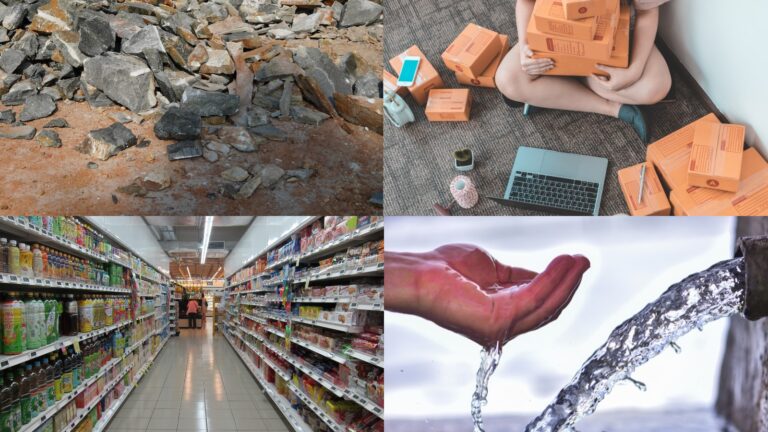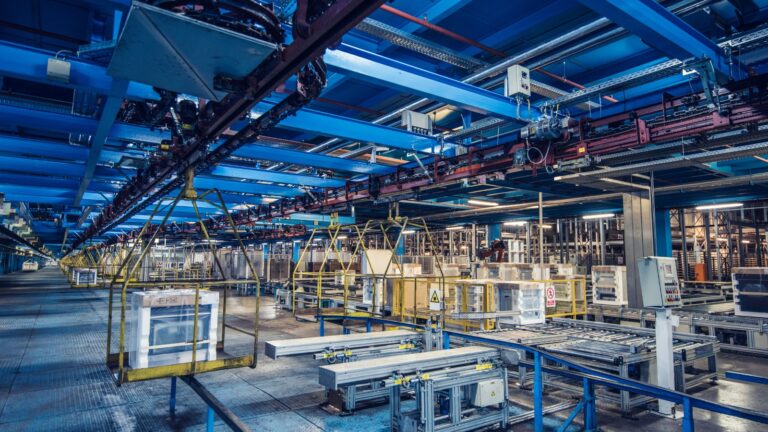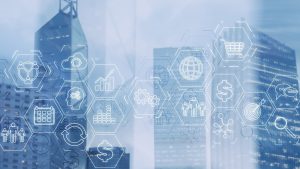Did you know that resources can be categorised into two based on their economic significance and availability? Goods can be divided into two categories in economics: economic goods and free goods. Understanding the differences between these two types is crucial for understanding their effects on the economy and the complex dynamics of their distribution.
In this essay, we’ll explore the key differences between commercial commodities and their free alternatives to debunk all ambiguities you have about the two types of resources.
‘Free Goods. Economic Goods.’ : Definitions

Free Goods
On the other hand, resources that are freely available in nature and are not priced are referred to as free goods. They are so readily available and not at all rare compared to the demand for them that there is little economic concern about their availability. Air, sunlight, gravity, and seawater are some examples of uncompensated goods (although separating freshwater from seawater necessitates additional steps).
People do not have to make decisions or trade-offs to obtain free commodities because there is no need for any economic allocation. Generally speaking, there is no fee associated with their availability to everyone. Free items can be distinguished by the fact that they are frequently used without the user incurring any direct costs. Consider how free things like the oxygen we breathe and the sunlight that warms our skin are. Free commodities are frequently available in large quantities and don’t require any kind of economic labour to produce or obtain them.
Economic Goods
Economic goods are resources with a restrained supply compared to their demand. They are often manufactured, traded, and their use entails a loss of opportunity. Economic products are distinguished by the fact that they have a price and require people or organisations to allocate resources to purchase them. The market’s pricing mechanism and the dynamics of supply and demand govern the allocation and distribution of economic products.
A key characteristic of economic goods is that an effort or sacrifice is made to produce them. To elaborate, this sacrifice can come from time, money, skill or labour. For example, suppose you wish to purchase a mobile phone; you will save money by setting aside funds and investing your time in researching and comparing various models before buying a phone that meets your requirements. It is also important to remember that economic goods are scarce, which means they face unforgiving competition and often have a biased demand in relation to their supply.
Two different categories of economic goods exist, namely:
- Consumer Goods: These are products that people use or directly consume to fulfil their goals and requirements. (ex. Food, drinks, clothing, vehicles and gadgets).
- Capital Goods: Capital goods are products used to produce other products and services. They aid in the production process but are only sometimes consumed. (ex. Infrastructure, factories, and tools).
‘Free Goods. Economic Goods.’ : Similarities

- Both free and paid-for commodities can satiate desires and benefit persons.
- Free entities don’t have a direct cost attached to them, but they may nevertheless have economic value because of their use and prospective advantages.
- Individuals can consume and use both things to fulfil their needs and aspirations.
‘Free Goods. Economic Goods.’ : Differences

- Free products do not have a price because they are not traded in marketplaces like economic commodities do.
- Market mechanisms use transactions based on pricing to distribute and allocate economic goods. Free products, on the other hand, do not need market allocation.
- Natural resources and other free products are plentiful and accessible in the environment. Contrarily, economic items need human labour to produce or extract and have a limited supply compared to demand.
- There is an opportunity cost associated with using economic commodities. On the other hand, since free items are available indefinitely and resource allocation decisions are not required, they do not contain opportunity costs.
Future of Free and Economic Resource Distribution in The Economy

- Technology improvements could have an impact on how resources are distributed both freely and economically. For instance, advances in renewable energy can broaden the accessibility and availability of cost-free resources like solar and wind energy. However, technological advancements in automation may alter the production and distribution of economic commodities, and artificial intelligence may alter the production and distribution of economic commodities, which may impact the workforce and income distribution.
- Laws and regulations influence the distribution of resources. The distribution of economic resources can be affected by legislation intended to combat income inequality, advance ethical business practices, or support the use of renewable energy sources. Regulations governing the use and accessibility of free resources can also affect how they are distributed.
- The distribution of resources is significantly impacted by globalisation and international trade. Trade agreements, tariffs, and economic policies all impact how resources move across international borders. Similar to how international collaboration and environmental conservation measures might affect global resource management and distribution.
- The consumer wants and preferences significantly influence the distribution of resources. There may be a rise in demand for products made ethically and sustainably as consumers’ awareness of environmental and social issues rises. This may impact how resources are allocated to businesses that highly value social and environmental responsibility.
- There might be a greater emphasis on using free resources and lowering the consumption of non-renewable economic resources as sustainability and environmental concerns gain importance. As a result, resource allocation and distribution may change in favour of greener practices and renewable energy sources.
‘Free Goods. Economic Goods.’ : A Conclusion
In conclusion, a wide range of factors, including technology development, sustainability issues, consumer preferences, governmental regulations, and international trade, will determine how freely and economically resources will be distributed. The availability and use of free resources may expand as access to renewable energy sources, and the popularity of environmentally friendly behaviours rise. Changing consumer preferences for products made ethically and ecologically can also impact how economic resources are allocated. Resources are distributed in large part by government laws and regulations, as well as by international environmental conservation cooperation. When imagining the landscape of resource allocation in the future, it is crucial to consider the intricate interactions between these components. Policymakers, companies, and individuals can learn helpful information to help them navigate and contribute to a more sustainable and equitable distribution of resources in the years to come by remaining educated through trustworthy internet resources.






